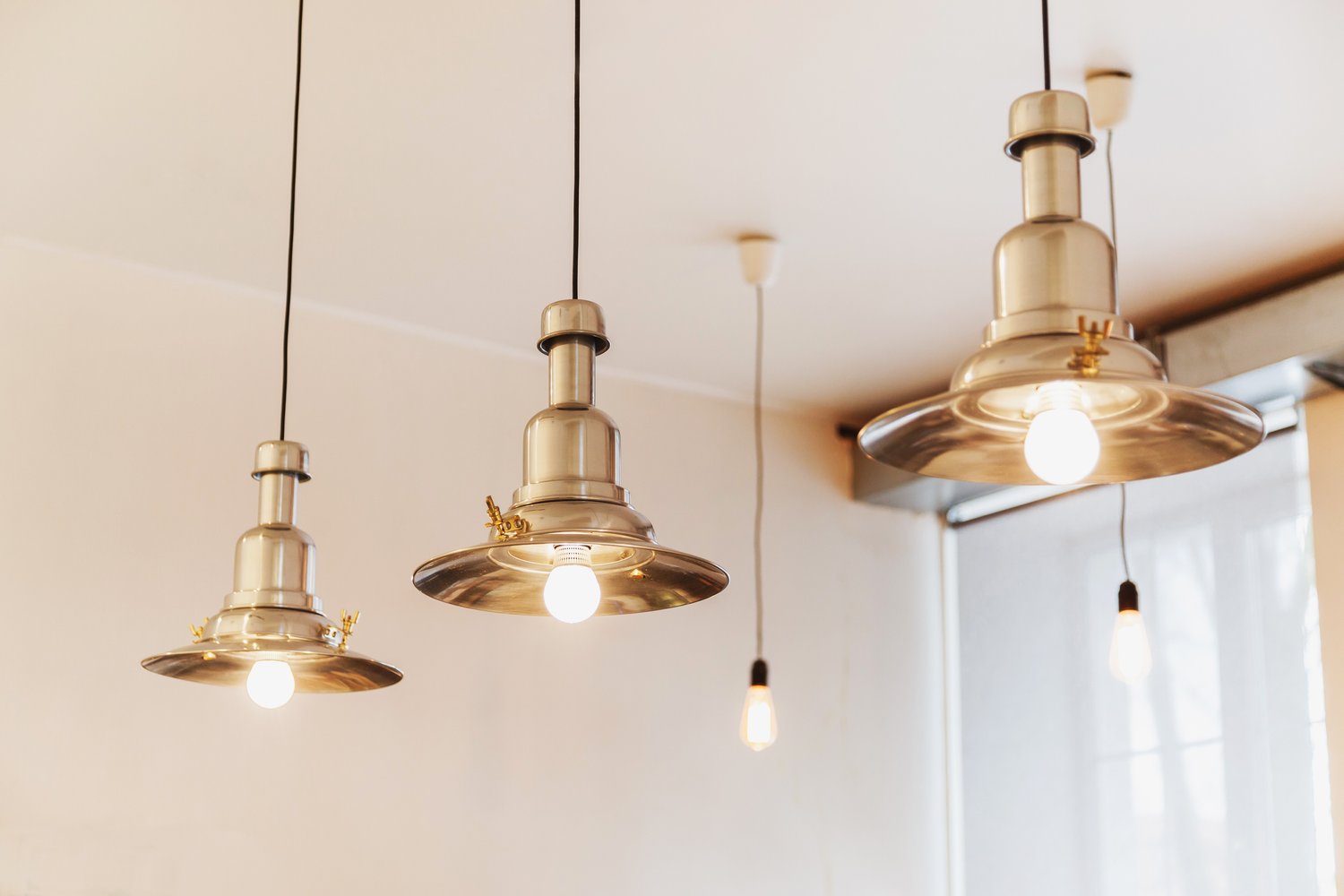Transforming an ordinary room into an extraordinary space often comes down to one key element: lighting. Statement lighting serves as more than mere illumination—it acts as functional art that defines your interior design aesthetic. The right bold light fixture can instantly elevate a room, creating a focal point that draws the eye and sparks conversation. In this guide, we’ll explore how to select statement lighting that perfectly balances drama and practicality, helping you choose focal point lights that reflect your personal style while enhancing your overall design scheme.
Understanding the Impact of Statement Lighting
Statement lighting fundamentally changes how a space feels and functions. Unlike ambient or task lighting that serves primarily practical purposes, decorative lighting pieces are designed to command attention and create visual interest. When you walk into a room with a stunning chandelier or an architectural floor lamp, you immediately sense the intentionality behind the design choice. These bold light fixtures anchor the space, establishing hierarchy and directing the eye where you want it to go. They can make ceilings appear higher, rooms feel larger, or create intimate zones within open-concept spaces. Well-chosen statement pieces work in harmony with your interior architecture, furniture placement, and color scheme to create a cohesive design story that feels complete.
Assessing Your Space Before Shopping
Before diving into the vast world of statement lighting ideas, take time to evaluate your space objectively. Consider the room’s dimensions, ceiling height, natural light sources, and existing design elements. A pendant that looks magnificent in a showroom might overwhelm a small dining area or hang too low in a room with standard-height ceilings. Measure your space carefully and note any architectural features that might compete with or complement your lighting choice. Consider the practical aspects as well—how much illumination the room requires, which areas need highlighting, and how the fixture will look both day and night. This groundwork ensures that whatever bold light fixture you choose will enhance rather than overpower your space.
Selecting Styles That Speak to Your Aesthetic
The most successful statement lighting choices reflect and enhance your overall design vision. In modern minimalist interiors, consider geometric fixtures with clean lines and unexpected proportions. For traditional spaces, crystal chandeliers or ornate metal work add timeless elegance. In eclectic or bohemian rooms, woven pendants or colorful glass fixtures introduce warmth and personality. AskHomey suggests that your statement piece should feel like a natural extension of your design language, even if it stands out as a focal point. Pay attention to materials and finishes—brushed brass might perfectly complement warm wood tones, while matte black fixtures create dramatic contrast against light walls. The scale matters tremendously; an oversized fixture in the right context creates impactful design, while an undersized piece might disappear into the background.
Balancing Form and Function
While statement lighting primarily serves as a decorative element, functionality should never be sacrificed for beauty. Consider how the fixture will illuminate your space and whether additional lighting layers will be needed to create a complete lighting plan. A stunning pendant over a dining table should provide adequate light for meals while also creating the right ambiance. Many decorative lighting options now include dimmer compatibility, allowing you to adjust light levels for different occasions. When choosing focal point light fixtures for living areas, ensure they distribute light effectively for the activities that happen in that space. Remember that some statement pieces create more shadow than light, which can be desirable for mood setting but impractical for functional areas like kitchens or home offices.
Making a Cohesive Statement Throughout Your Home
While each room may feature its own statement piece, consider how these bold light fixtures will relate to one another throughout your home. Creating a lighting story that feels intentional and connected contributes to a sophisticated interior design scheme. This doesn’t mean every fixture must match—in fact, variety adds interest—but they should speak a similar design language through consistent elements like finish, scale, or style. In open-concept homes, this cohesion becomes particularly important as multiple statement pieces may be visible simultaneously. Consider how lighting in adjacent spaces will complement rather than compete with one another, creating visual flow as you move through your home.
Installation and Maintenance Considerations
Once you’ve found the perfect statement lighting, proper installation ensures it will shine to its full potential. Many decorative lighting options require professional installation, particularly for hardwired fixtures or extremely heavy pieces. Consider the long-term maintenance requirements as well—intricate chandeliers may require regular cleaning, while some materials may fade or discolor over time. If your ceiling height makes accessing the fixture difficult, factor in the potential costs of professional cleaning services. These practical considerations help ensure your statement piece remains a stunning focal point for years to come rather than becoming a maintenance burden.
For more tips and to connect with reliable home service professionals, follow AskHomey on Facebook and Instagram.



